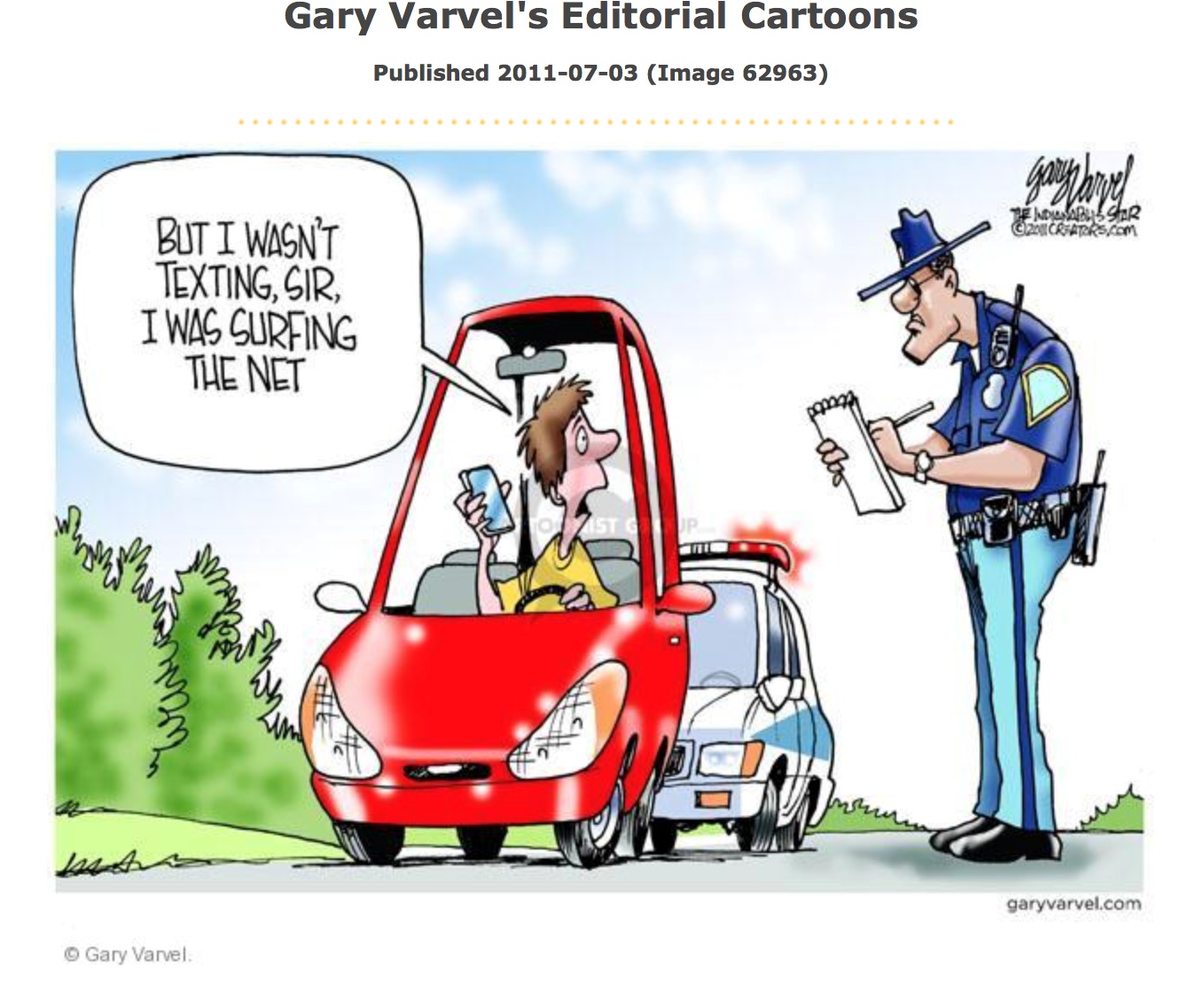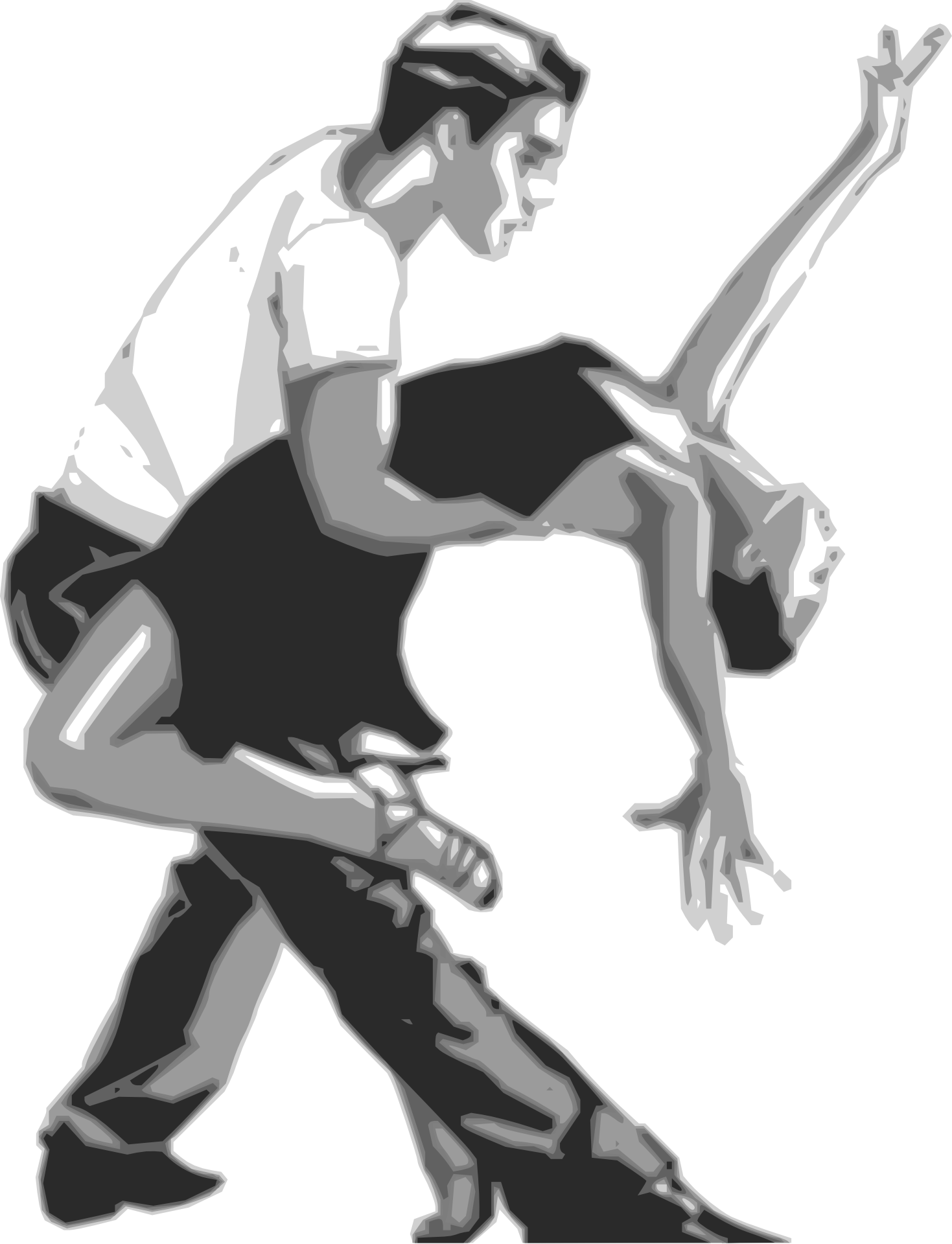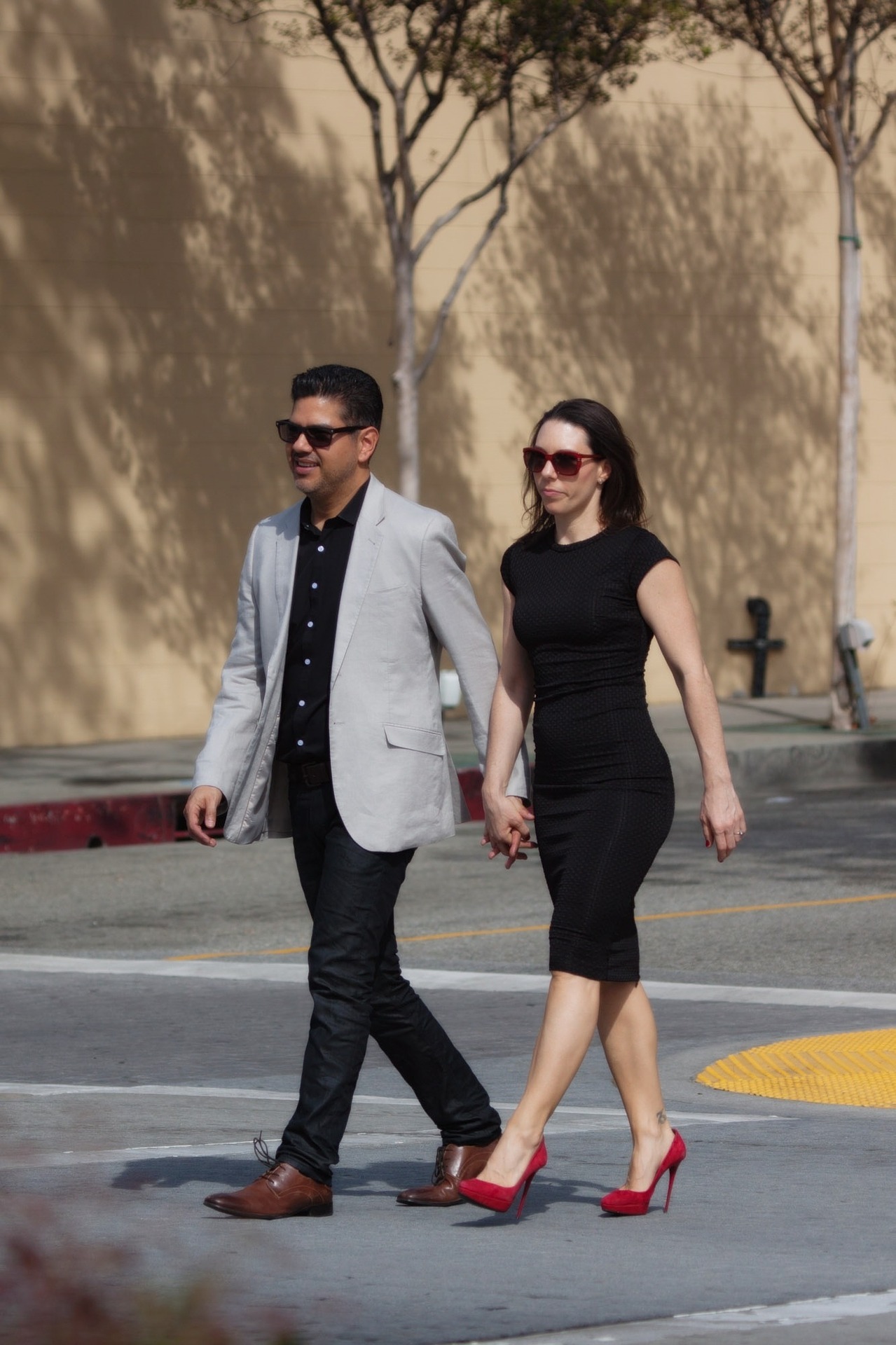Quiroga, A. (2011) Past progressive movie. [Video] Taken from http://bit.ly/2pDjIXK Consulted on 12 May, 2017
Did you notice anything in particular about the verb endings? What about the sentence form? What verbs make it up? As you observed in the video, the past continuous expresses past actions that began at a particular time and continue.
It is essential to understand the past continuous, so we can have effective communication skills to refer to actions in progress that occurred in the past. In doing so, you need to know how to change the verbs correctly. On the other hand, the correct use of past continuous can help you read, write, listen and speak, with people more clearly and effectively.
In this lesson, you will explore: what it consists of, its uses, form, and write its affirmative, negative and interrogative form. You will learn spelling tips and examples of its use in sentences that express daily situations.

By the end of this topic you will:
Use past continuous to express past habitual actions that happened at a certain period in the past, and review the affirmative, negative and interrogative forms.
The continuous past is a verbal time similar to the gerund in Spanish. It lets us describe past actions that happened at a specific moment.
To help you learn to use and rules in the past continuous, review the following image. Place the cursor on the titles so that the information is displayed.
To form the PAST CONTINUOUS TENSE, you will need two elements:
the verb be in past: was or were |
+ | the main verb ending ing |
In affirmative statements, you need to use:
Was for the pronouns I, he, she and it. Were for the pronouns you, we and they |
+ | the main verb with -ing |
+ | She was running this morning. We were studying for an English exam yesterday morning. |
In negative statements, you need to use:
Was not or the contraction wasn’t for the pronouns I, he, she and it. Were not or the contraction weren’t for the pronouns you, we and they |
+ | the main verb with -ing |
+ | She wasn’t running this morning. We weren’t studying for an English exam yesterday morning. |
In questions, you need to change the order (in affirmative or negative form). Use:
Was (or wasn’t) before the pronouns I, he, she and it. Were (or weren’t) before for you, we and they |
+ | the main verb with -ing |
+ | Was she running this morning? Were we studying for an English exam yesterday morning? |
Tip: ending rules ing
Look at this image, in it. You will observe the rules to change the endings of the verbs.
| Verbs ending with one 'e' ('e' sound is) silent |
|
--> | Drop - e add 'ing' |
|
| Short one-syllable verbs ending with CVC |
|
--> | Double final consonant and add -ing |
|
| Two or more syllable verbs with CVC |
|
--> | Double final consonant if last syllable is stressed |
|
| Verbs ending in -ie ('e' sound is) silent |
|
--> | Change -ie to -y Add -ing |
|
To end…
Now read the following examples. They will help you to understand past continuous better.

Activity 1
As we have seen, the past continuous helps to set the scene or to emphasise the progress of actions at a particular time in the past.
Let’s read the following text about John and Glenda. How are the places described? What activities were they doing at night?
Read the text A Wonderful Afternoon. Once you have finished, click on Start to answer the exercise. You can only do the exercise once.

Clker Free Vector Images (2012) Bailarines, bailando, pareja de baile, bailando par. [Photo] Taken from : http://bit.ly/2qogIf9. Consulted on 28 April, 2017
Last Saturday John and Glenda didn't meet their friends. At that time, they were usually playing at the sports club, but that weekend they stayed home. It was Johns’ birthday, a special day to celebrate. They were deciding what to do during the afternoon. Glenda wanted to go out, but John’s car was at the service. It was a sunny afternoon. She walked by the window. A family was walking with their kids. A boy was taking his dog for a walk, and the birds were singing.
Glenda was going to bake a cake, but she remembered he disliked cakes. It started to rain, and it was cold too. Glenda was preparing some delicious biscuits and chocolate at 4:30. After that, John made popcorn, and both went into the living room, sat and began a movie. They were watching a hilarious movie.
They laughed and enjoyed it.
At 6:00 John and Glenda started to play cards. They were playing for about an hour. John played some music, and they both began to dance at 7:00. They were dancing their favourite rock music.
Glenda was glad. It was long ago they didn’t dance. John looked out at the window. It was still raining, but it seemed a beautiful and peaceful night. He was happy they stayed home that night.
At 8:00 Glenda connected the TV to run a karaoke contest. John and Glenda loved it. They were singing old and new songs. John sang songs they both listened when they got married. Suddenly, the doorbell rang. John opened the door. They were their friends from the club. They brought … and all together were … for hours.

Activity 2
As we have studied in the content, there are daily life activities that begin at some time in the past, which we repeat in a constant. We use this tense to express them coherently. It is essential to do so in the continuous past.
Listen to the following audio:

A day in Rita’s life
It describes what Rita did last week. Listen carefully and do the activities.

Marin, R. (2016) Pareja, calle, cruzar, estilo de vida, pareja de moda. [Photo] Taken from http://bit.ly/2rYFXnS Consulted on 12 May, 2017

Activity 4

Katyveldhorst (2014) De viaje, equipaje, viaje, aeropuerto, vacaciones. [Photo] Taken from http://bit.ly/2qs6ucg. Consulted on 12 May, 2017
As we have reviewed on the topic, the past continuous allows us to express activities that began at a particular time in the past, such as vacations.
In this activity, you are going to write some paragraphs to describe a vacation you liked (60 - 100 words). It can be something that happened, or you can create the story.
When you write the story, include:
When you have finished, click on Checklist to read the main aspects your composition must contain. It is also essential to understand the example provided

Activity 5
Like the description of your holidays, the past continuous will allow you to express activities that you carried out in your life and specific moments.
Think about all the activities you did yesterday during the whole day or a specific day last week. Prepare it in a word document and after that record it in the free application vocaroo.com
Check the following link to listen to an example.

You will find a checklist and evaluate your performance in grammar, vocabulary, pronunciation and fluency.
Remember to include the following aspects:
Listen to the example

Aldridge, J. (2015) micrófono, masculina, artista, canción cantar, el. [Photo] Taken from http://bit.ly/2r6J1RX Consulted 12 May, 2017
Now that you know how to form the past continuous, have done some practice, it’s time to test yourself.